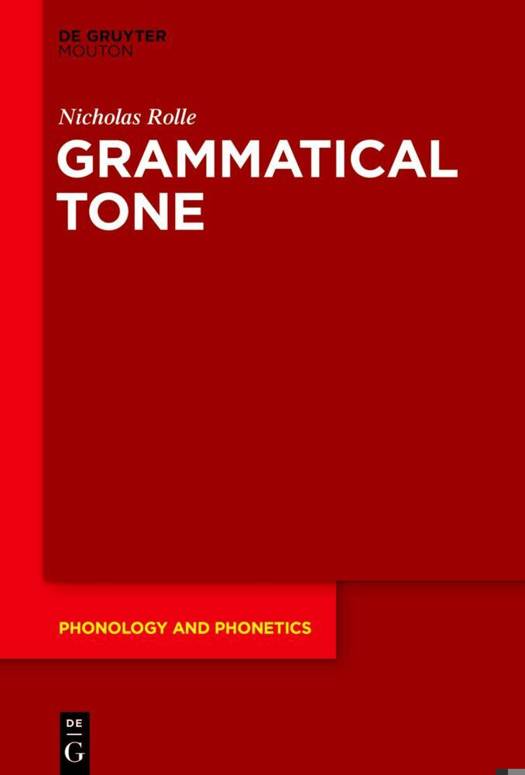
- Afhalen na 1 uur in een winkel met voorraad
- Gratis thuislevering in België vanaf € 30
- Ruim aanbod met 7 miljoen producten
- Afhalen na 1 uur in een winkel met voorraad
- Gratis thuislevering in België vanaf € 30
- Ruim aanbod met 7 miljoen producten
Omschrijving
This book presents a typology of grammatical tone, defined as a tonological operation restricted to the context of a specific morpheme or construction.
Tone languages constitute at least half the world's languages, and exhibit phonological properties which are particularly important to linguistic inquiry, e.g. its ability to be 'mobile', to interact non-locally, and to not be phonetically grounded, often radically. Grammatical tone exhibits all of these properties and more. Despite the majority of tonal languages in Africa and Central America exhibiting robust grammatical tone, no detailed study exists which details its axes of variation. This book helps to fill that gap.
This book explores different ways to understand grammatical tone (as exponence vs. a process), the many types of grammatical tone (dominant vs. non-dominant), and its interaction with general tonological rules and phonological markedness. It establishes grammatical tone as crucially involving a trigger, a target, and a grammatical tune, whose interacting properties are framed here in relation to several prominent topics within linguistic theory, e.g. locality, linear directionality, hierarchical relations, modularity, cyclicity, among others.
This book is written with several audiences in mind, including typologists, phonologists, syntacticians, and morphologists. In particular, it is written with non-tone specialists in mind such as fieldworkers who may be working on languages with grammatical tone.
Specificaties
Betrokkenen
- Auteur(s):
- Uitgeverij:
Inhoud
- Aantal bladzijden:
- 350
- Taal:
- Engels
- Reeks:
- Reeksnummer:
- nr. 28
Eigenschappen
- Productcode (EAN):
- 9783110669619
- Verschijningsdatum:
- 29/09/2025
- Uitvoering:
- Hardcover
- Formaat:
- Genaaid
- Afmetingen:
- 155 mm x 230 mm

Alleen bij Standaard Boekhandel
Beoordelingen
We publiceren alleen reviews die voldoen aan de voorwaarden voor reviews. Bekijk onze voorwaarden voor reviews.











